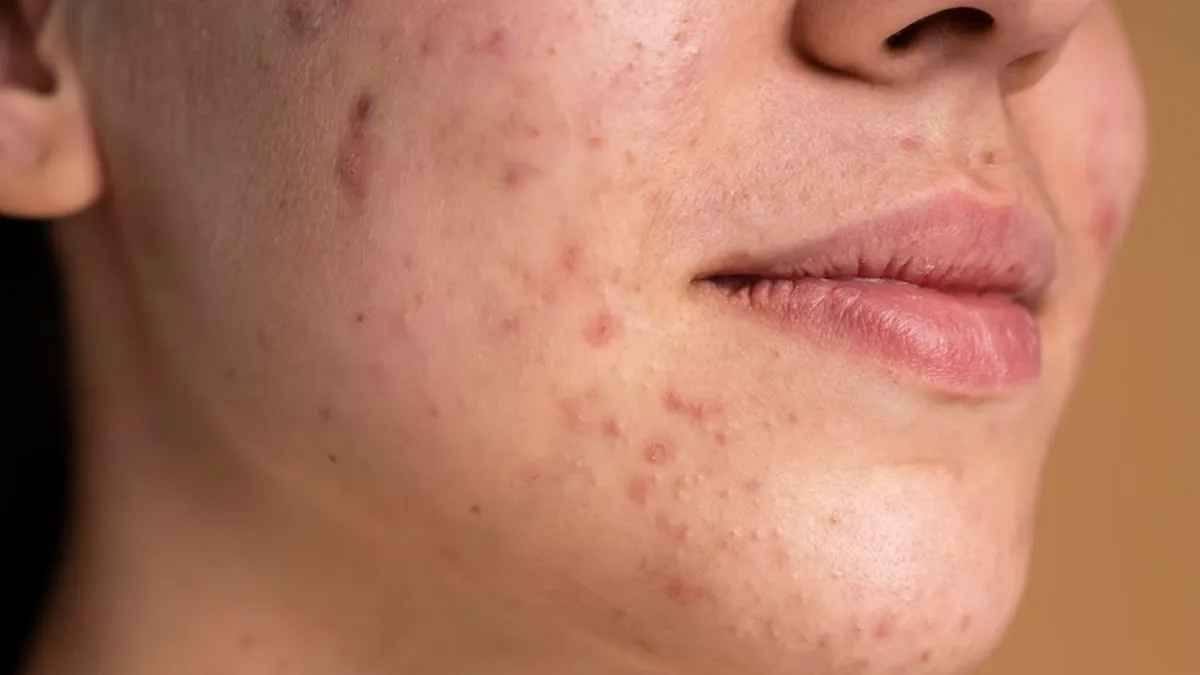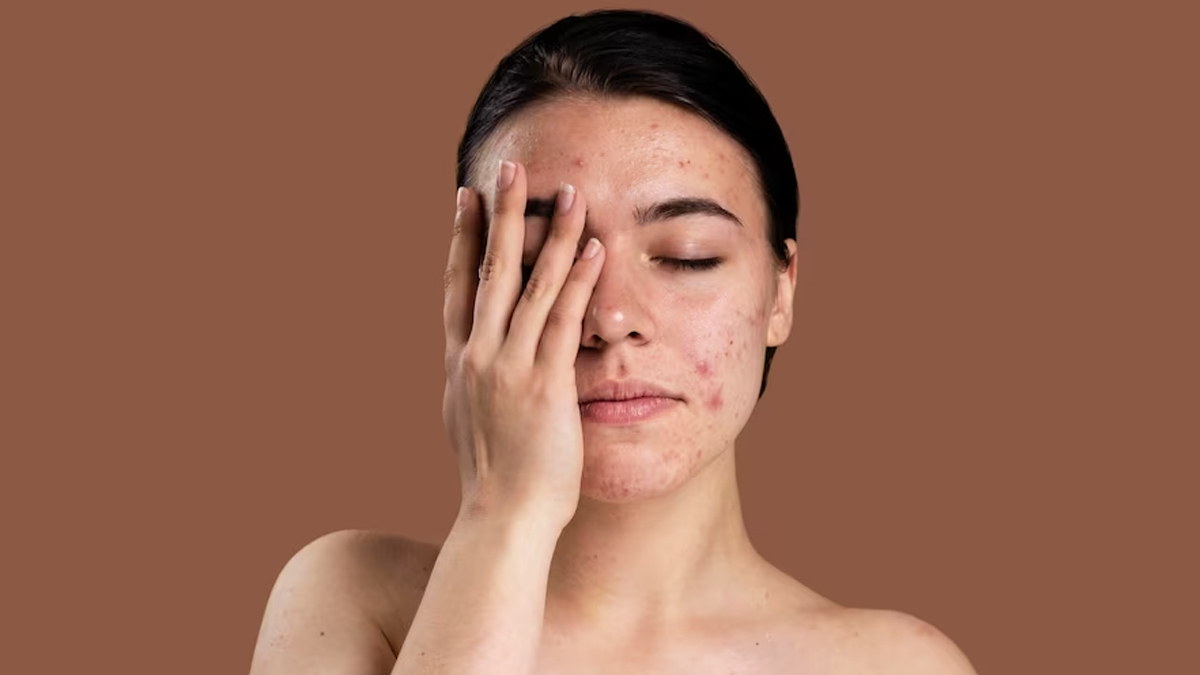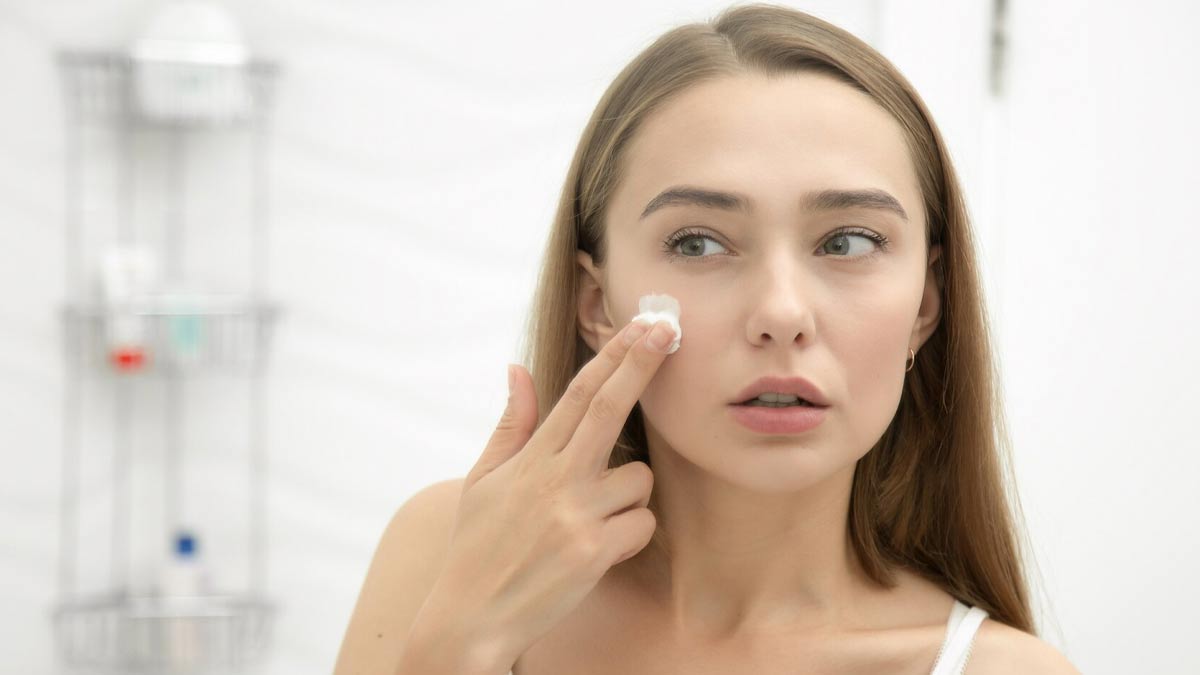
If you have skin which is prone to acne, it can be extremely sensitive to mainstream moisturisers since they are made up of strong chemicals, synthetic fragrances, and clogging ingredients. And, the ones added in your shopping wishlist can be too pocket heavy. However, what if we tell you that there exists an effective yet budget friendly alternative. You don't always have to break the bank with store-bought products to hydrate and maintain healthy skin. How about you make-your-own moisturisers using natural, non-comedogenic ingredients which can provide the ideal mix of nutrition and acne defense your skin needs.
Table of Content:-
Here's a step-by-step guide to the most effective DIY moisturiser for acne-prone skin that you can prepare at home, and the dermatologist-approved advantages of each ingredient. But let us first understand how acne occurs. Acne happens when hair follicles become clogged with excess oil, dead skin cells, and bacteria, leading to inflammation and breakouts. Now you must think why does a skin so oily need to be moistured. Well, our expert, Dr Sanjeev Gulati, Department of Dermatology, Sharda Hospital - Noida, has answered for you!
Why Moisturising Is Important For Acne-Prone Skin
“One of the most frequent skincare errors is omitting moisturiser due to fear of oiliness or breakouts. Acne-prone skin, though, still requires proper hydration. If the skin is dehydrated, it will go into oil-overproduction mode, which causes pores to become blocked and make the acne worse,” Dr Gulati explained.
The trick is to select light, gentle, and non-comedogenic (won't clog pores) ingredients that balance skin oils, reduce inflammation, and mend the skin barrier. Here is how you can make your own moisturiser at home!

Also Read: 5 Signs Of Healthy Pregnancy According To Gynaecologist
Best Homemade Moisturiser Formula For Acne Skin
Ingredients
- Aloe Vera Gel (2 tablespoons): Calms irritation, gives a gentle hydration, and contains antibacterial properties.
- Jojoba Oil (1 teaspoon): Replicates the natural sebum of skin, controls oil production, and is non-comedogenic.
- Tea Tree Essential Oil (2-3 drops): Strong natural anti-inflammatory and antibacterial agent that is known to aid in acne decrease.
- Rose Water (1 teaspoon): Provides additional hydration and soothing effect (optional).
How To Prepare
- Combine 2 tablespoons of pure aloe vera gel with 1 teaspoon of jojoba oil in a fresh bowl.
- Add 2-3 drops of tea tree essential oil.
- (Optional) Add 1 teaspoon of rose water for extra hydration and a cool feel.
- Pour the mixture into a fresh, airtight container.
- Refrigerate for up to one week.

How To Use
- Use a small quantity on freshly cleaned skin morning and night.
- Massage well until completely absorbed.
- Always patch-test before using it on your whole face.
Why This Works
Here’s how Dr Gulati why each of these ingredients work the best for an acne prone skin:
- Aloe vera gel is a light and non-greasy ingredient which helps in soothing and minimises redness caused by acne.
- Jojoba oil is similar in structure to human skin oils, hence it regulates the secretion of oils instead of stimulating it.
- Tea tree oil helps kill bacteria that cause acne but it is recommended that you always dilute it to prevent irritation on the skin.
- Rose Water gives a calm and cooling sensation, which is much needed and great for sensitive acne prone skin.
Additional Tips For Best Results
- Always apply pure, organic, and cold-pressed oils and gels to prevent irritation.
- If you feel that tea tree oil is too potent, then substitute 1-2 drops of lavender essential oil for a gentler option.
- Store your DIY moisturiser in the fridge to extend shelf life and leave a refreshing cool feeling when applied.
Bottomline
For acne skin, less is best. This easy DIY moisturiser is chemical-free, sensitive skin-friendly, and cost-effective. Therefore, by creating your own product, you can dictate every ingredient you put on your face. However, if your acne is severe or persistent, it’s always best to consult a dermatologist before trying new skincare products, even the natural ones.
Also watch this video
How we keep this article up to date:
We work with experts and keep a close eye on the latest in health and wellness. Whenever there is a new research or helpful information, we update our articles with accurate and useful advice.
Current Version
